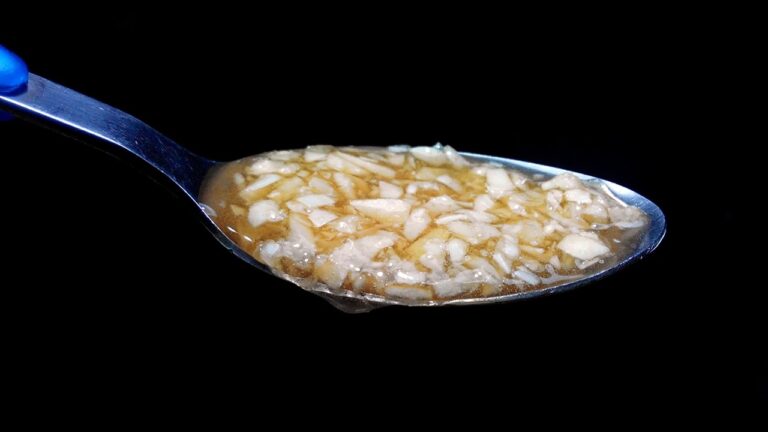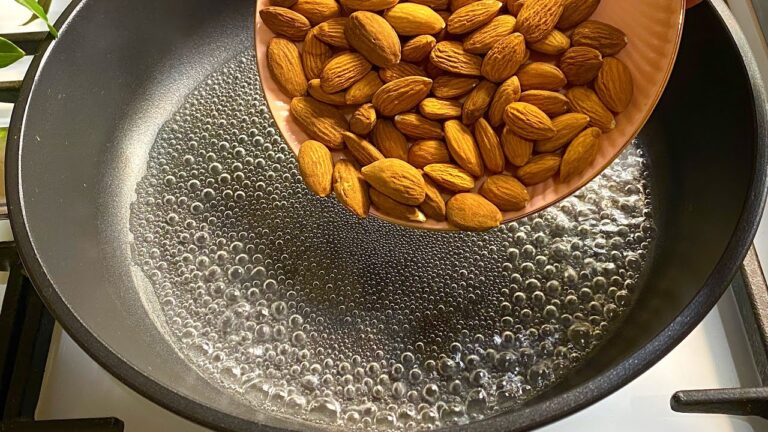Beet juice is more than just a vibrant and tasty beverage; it’s a nutritional powerhouse that can significantly improve your health when consumed regularly. Here are nine incredible changes you might experience if you start drinking beet juice every day:
1. Lower Blood Pressure Beets are rich in dietary nitrates, which your body converts to nitric oxide. This compound helps to relax and dilate blood vessels, improving blood flow and lowering blood pressure.
2. Enhanced Stamina The nitrates in beet juice are also shown to enhance physical performance. They help increase oxygen uptake, making prolonged exercise less exhausting. This is particularly beneficial for athletes looking to boost their endurance.
3. Improved Brain Health Nitric oxide improves blood flow not just throughout the body but also to the brain. Regular consumption of beet juice has been associated with improved cognitive function, including better brain connectivity and potentially slowing the effects of dementia.
4. Detoxification Support Beets are high in antioxidants and compounds that support the body’s detoxification processes. These compounds help purify the blood and liver, removing toxins and preventing the buildup of harmful substances.
5. Anti-Inflammatory Properties Beets contain betaine, a nutrient known for its anti-inflammatory effects. Regular intake can help reduce inflammation in the body, providing relief from conditions like arthritis and heart disease.
6. Rich in Valuable Nutrients Beet juice is a great source of essential vitamins and minerals, including folate (vitamin B9), manganese, potassium, iron, and vitamin C. These nutrients are vital for optimal body function and maintaining good health.
7. Supports Digestive Health The fiber content in beets aids in regulating digestion and promoting a healthy gut. While juicing removes most fiber, the remaining soluble fiber can still help improve gastrointestinal health.
8. Increased Energy Levels The natural sugars in beet juice provide a steady source of energy. Unlike quick fixes from caffeinated and sugary beverages, the energy boost from beet juice comes without the dreaded crash afterward.
9. Improved Skin Health The vitamins and minerals in beet juice can also have a positive effect on your skin health. Antioxidants in beets protect the skin by limiting the damage caused by free radicals, which can help keep your skin looking younger and healthier.
How to Incorporate Beet Juice into Your Diet To start reaping the benefits, consider having a small glass of beet juice each morning. You can make it more palatable by mixing it with other juices, like carrot or apple. Just remember to start slowly, as drinking beet juice in large quantities can lead to temporary changes in bowel movements and urine color due to the high level of betalains in beets.
Integrating beet juice into your daily routine can lead to significant health improvements, from enhanced physical stamina to better brain function and cardiovascular health.









